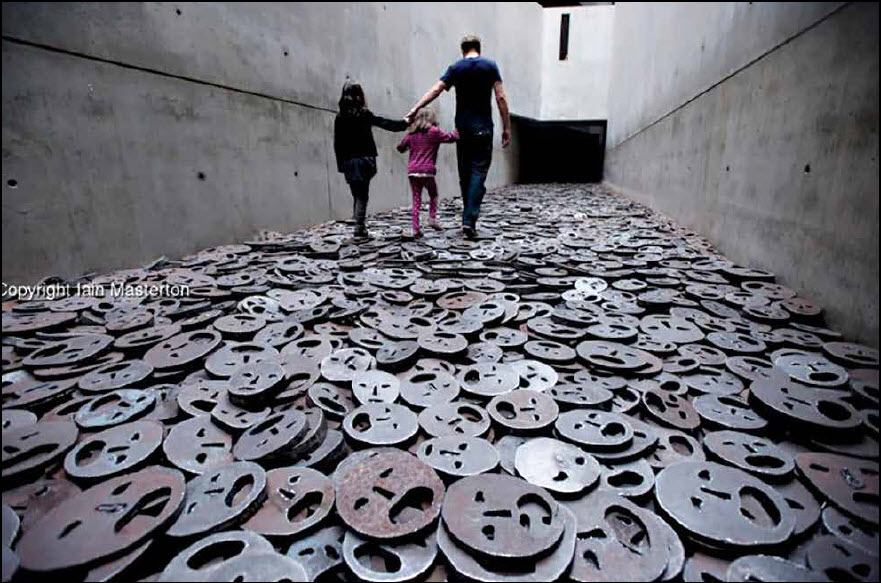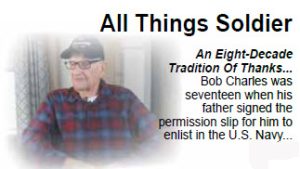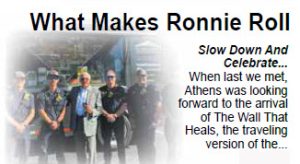By: Mae Lewis
There is no future without a past, just as there is no hope without memory. One of the most astounding things about the Jewish faith is its continual links to the past. It always places past experiences as central to understanding the present. From that understanding, it casts light and hope to the future.
Joshua 4:3, 6-7 “Take Twelve stones from here out of the middle of the Jordan, from the place where the priests feet stood, carry them over with you, and lay them down in the place where you camp tonight.”…”When your children ask in time to come, ‘What do these stones mean to you?’ then you shall tell them that the waters of the Jordan were cut off in front of the ark of the covenant of the Lord. When it crossed over the Jordan, the waters of the Jordan were cut off. So these stone shall be to the Israelites a memorial forever.”
The above scripture is an illustration of Zakhor which means remembrance, and it is an integral part of understanding the Jewish faith. Remembrance is not just an activity of the mind, but it is an act of the body and works collectively with the minds and bodies of others. It is a reliving, an experiencing.
Jewish art, traditions, and architecture do not exist for their own sake, they exist to remember. You will find that the very act of engaging in Jewish tradition, or walking into a Jewish museum, is a way of reenacting memory, and experiencing what they experienced.
Zakhor is a way of experiencing someone else’s spatial awareness. In a way, it is a connection between two points in time: the past and the present; aka a wrinkle in time.
A Jewish museum will organize space in such a way that a particular history is made visible, such as the Holocaust museum in Berlin. The building itself is a zig-zag, and contains five cavernous voids. “They have walls of bare concrete, are not heated or air-conditioned, and are largely without artificial light, quite separate from the rest of the building…” (Daniel Libeskind, 2000). By walking through the building, one experiences something of the loneliness and darkness and absence of life that the many victims of the Holocaust experienced.
The museum does not pretend to be an art installment (There is no art installment that can accurately depict the horrors of the Holocaust), but instead it presents itself as an experience. It is born out of the questions, “How do we not forget?” “How do we help others to remember?” The museum leads one through an ACT of remembrance. It is through these actions that we can look forward to reconciliation and embrace between Germans and Jews.
And this is Zakhor: memory must become visible, made material, and put into action through ritual and recital. It is not enough to write a history; memory must be enacted.
We see this acting out of memory in the traditions of the Passover Seder, which was just celebrated in March: The salt water is tasted to remember the tears of the Israelites. The bitter herbs are eaten to remember the bitterness of slavery. Every portion of the Seder is an act of remembering: “We eat…to remember” is repeated throughout the Seder.
The Seder is a conscious decision to never forget a history. It is a conscious decision to keep ones past an ongoing part of the present narrative, and it is from that point that Zakhor leads one to look to the future with hope.
Just as the Berlin Museum looks forward to reconciliation, the closing of the Seder looks forward: L’shanah habah bi-rushalayim. Next year in Jerusalem.
By: Mae Lewis






